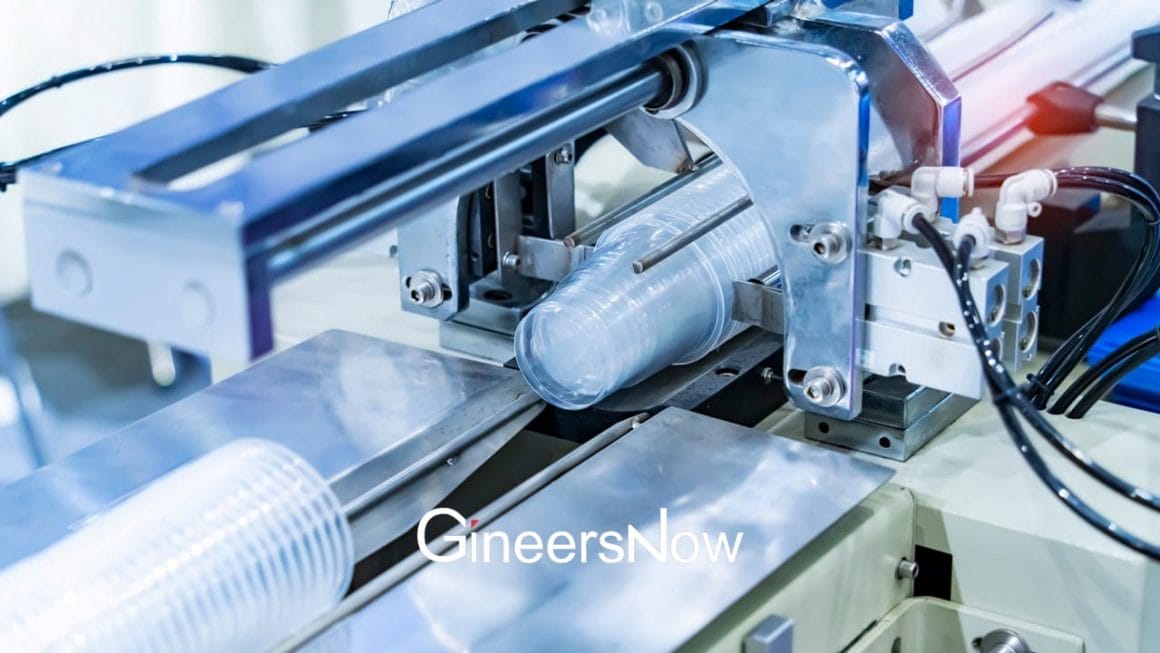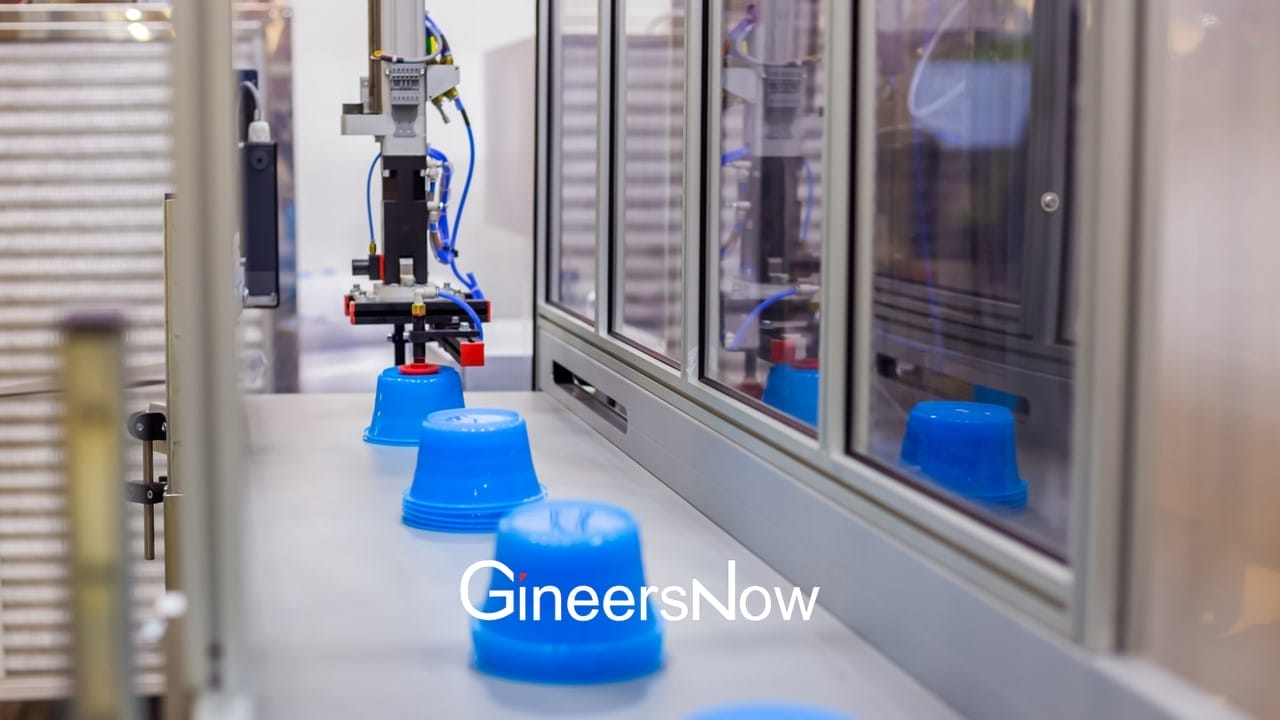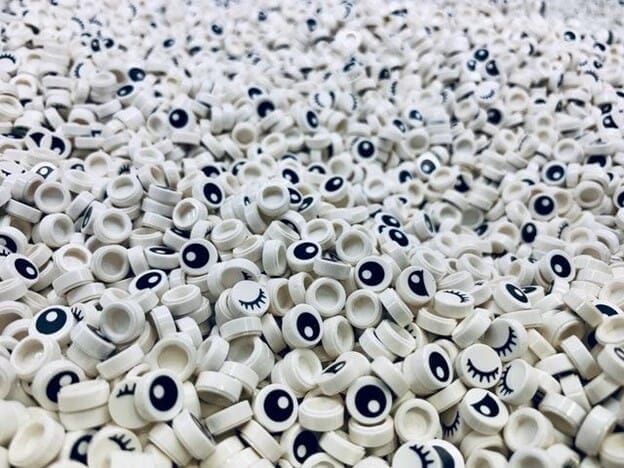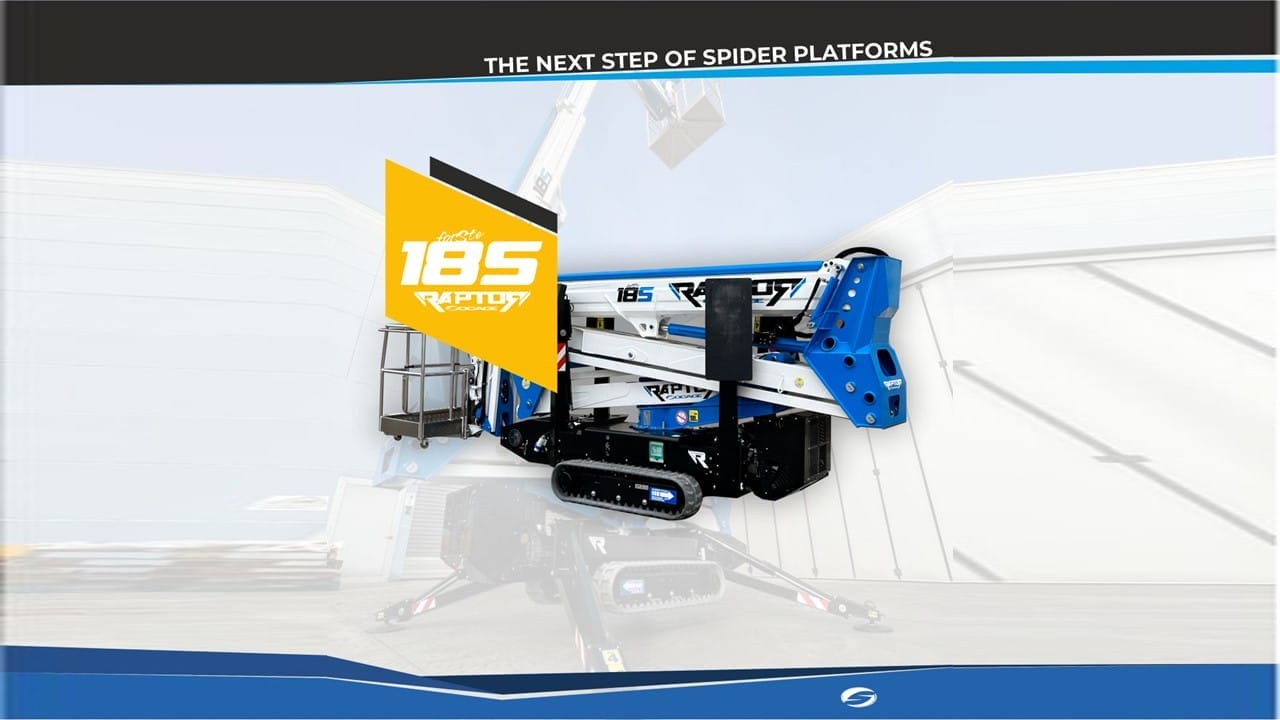Injection molding is a complex process prone to inefficiencies that can impact production costs and profits. By identifying inefficiencies and applying well-tested strategies, production can be significantly optimized.
From optimizing mold designs to leveraging automation and data analytics, you’ll learn to maximize efficiency and stay ahead of your competition. Discover how a systematic approach can transform your injection molding process, reducing costs and driving profitability.
Identifying Inefficiencies in Injection Molding
One of the first critical steps in streamlining injection molding operations is to identify existing inefficiencies and areas for improvement thoroughly.
- Poor Plant Layout – Lack of proper staging area means materials get misplaced or lost, causing delays. A poor layout results in higher labor costs because workers are less productive and have slower output due to inefficiencies.
- Slow Cycle Times – Molding machines that frequently jam or stop every time reduce output and productivity. Manually removing parts is labor-intensive and limits the machine’s speed. Slow cycles mean fewer products are accomplished over a given period.
- High Scrap/Rework Rates – Excessive scrap and rework are extremely costly. You’ve invested raw materials, labor, and overhead into defective parts that must be discarded or reworked. The use of high-quality molding material also helps reduce scrap and rework rates by ensuring consistent and reliable performance during the molding process.
- Underutilized Machines – Overloading some machines while others sit idle is an inefficient use of capital investments and capacity. You miss out on potential production output. Using outdated, slow equipment is a bottleneck, constraining productivity and output.
- Insufficient Quality Checks – Relying solely on error-prone manual inspection leads to defective parts being missed and defective parts being shipped to customers. A lack of quality data means you can’t troubleshoot and improve processes. Poor quality procedures result in rework costs, returns, customer complaints, and potential liability issues.
By identifying bottlenecks that hinder a streamlined injection molding process, you can effectively use the different strategies to improve workflow efficiency.

Strategies for Streamlining the Injection Molding Process
Making your injection molding process more efficient is essential for saving money and staying competitive. There are several ways to make improvements and increase efficiency:
- Process Analysis – Analyze your current process. Look closely at each step of your injection molding process from start to finish. Identify any areas that are slow, inefficient, or have delays. Get input from your production workers who know the issues firsthand.
- Optimize Mold Design and Setup – Work with your mold designers to ensure your molds are designed properly for your products. Look at mold cooling, part ejection, and runner systems. Also, the procedures for changing out molds should be improved to reduce downtime. If you need assistance with plastic injection molding, partner up with a company with the expertise to analyze your current setup and recommend optimizations to meet your plastic production needs.
- Use Automation and New Technologies – Automated material handling and robotics can speed up the process with less human labor. Advanced monitoring systems provide data to catch issues early.
- Maintain and Calibrate Equipment – Develop a plan for regularly inspecting, lubricating, and replacing worn machine components. Ensure proper calibration of temperatures, pressures, etc., for consistent quality.
- Use Lean Manufacturing Principles – Apply lean concepts like Just-in-Time production to ensure that raw materials are only used when needed. Continuously improve (Kaizen) by having employees identify and solve problems. Eliminate unnecessary activities or wasted steps.
- Foster Continuous Improvement – Streamlining is an ongoing effort. Encourage open communication and training. Recognize employees who improve processes to motivate others.
- Use Data Analytics – Collect and analyze data from machines, processes, and quality checks. Look for trends to optimize parameters. Predictive maintenance can prevent unexpected breakdowns.
Best Practices for Efficiency Improvement
Optimizing your injection molding process requires a systematic approach. Here are five key practices to achieve significant efficiency gains:
1. Establishing Performance Metrics and Benchmarks
You need to define what “efficient” means for your injection molding process through measurable metrics:
- Identify Key Performance Indicators (KPIs): These are measurable factors like cycle time, scrap rate, and machine uptime. Monitoring KPIs allows you to track progress and identify areas for improvement.
- Set Benchmarks: Establish performance targets for your KPIs. These benchmarks could be based on industry averages, past performance, or desired goals.
2. Continuous Monitoring and Evaluation of Process
Utilize data collection tools to monitor real-time process parameters like temperature and pressure. Analyze this data to identify and address potential issues before they impact production.
- Real-time Data Collection: Use sensors and software to monitor parameters like temperature, pressure, and cycle time. This allows for immediate identification of potential issues.
- Regular Data Analysis: Regularly review collected data to identify trends and areas for improvement.
3. Integration of Sustainability Principles
Sustainability principles, when integrated into your injection molding process, can contribute not only to environmental responsibility but also to streamlining efforts.
- Material Waste Reduction: Minimize scrap by optimizing processing parameters and implementing recycling programs.
- Energy Efficiency: Utilize energy-efficient machines and explore renewable energy sources to power your operations.
4. Flexibility and Adaptability
Maintain operational flexibility to adapt to market changes and ensure smooth business continuity.
- Market fluctuations: Be prepared to adjust production volumes or material selection based on changes in market demand.
- Technological Advancements: Embrace new technologies like automation and process control systems to improve efficiency continuously.
Conclusion
By implementing these strategies, manufacturers can streamline their injection molding processes, resulting in increased efficiency, reduced costs, and improved product quality. However, it’s important to keep in mind that streamlining is a never-ending process. It requires regularly reviewing and assessing your operations, making changes as needed, and always striving to get better and better.
Author Bio: Wesley Widelka is an expert in injection molding and manufacturing processes. With years of experience in the industry, he specializes in helping businesses streamline operations and improve efficiency.










